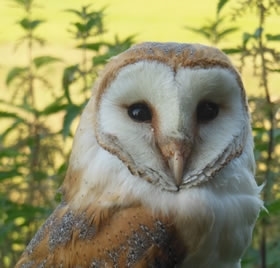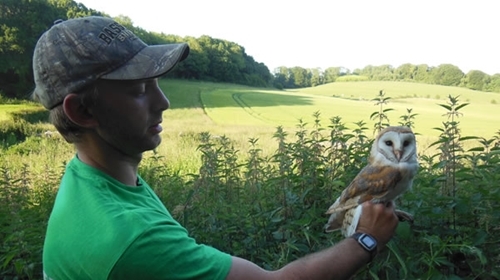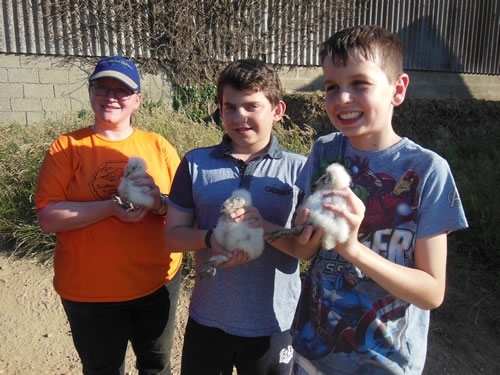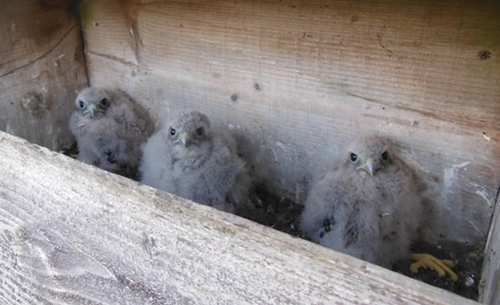By Francis Buner, Senior Conservation Scientist, GWCT
 I don’t know about you, but as far as I am concerned, I am yet to meet someone who doesn’t like barn owls.
I don’t know about you, but as far as I am concerned, I am yet to meet someone who doesn’t like barn owls.
Everyone is somehow captivated by their beauty and mysteriousness and the only bird topping the list of the most-loved birds in Britain is the robin, and no wonder why!
Okay, the robin is pretty and never ceases to amuse us with its curiosity, especially when it’s watching us dig the vegetable patch.
But, can it really compete with a barn owl gliding gracefully along a grass margin on a warm summer evening? In my view, it definitely cannot.
At our Rotherfield demonstration site, we are lucky enough to see this sight very regularly, thanks to the high amount of suitable habitat available, maintained primarily with grey partridge conservation in mind.
However, good habitat is not all barn owls need. They very much depend on good vole years – which fluctuate between years with low and high numbers – and suitable sites for nesting. Since 2010, we have installed 12 nest boxes, of which this year six are occupied.

After two consecutive poor vole years and hence poor breeding seasons, the barn owls at Rotherfield are finally making the most of his year’s high abundance of small rodents and the unusually warm summer weather.
Although brood sizes are not as high as in 2014 (when three pairs hatched 15 young), this is the year with the highest number of pairs producing a brood since monitoring began in 2010.

Since then, their number has risen from three irregular breeders to six breeding pairs this year (four on the area managed by the Trust), with every known pair hatching a brood, totalling 15 young.
We have also ringed two kestrel broods this June, one of which is nesting in one of the nine kestrel boxes that we’ve installed across the project area (you can download the plans for our kestrel boxes here). They are even sharing the same barn with a barn owl pair. There are at least another two kestrel pairs present but, unfortunately, we were unable to find their nest.

Additionally, our resident red kite pair bred successfully this year, after brood failure last year which prompted the kites to change the location of their nest. However, this year’s nest is so high up in a tree that we were unable to ring the chicks.
For more info about owls and raptors at Rotherfield click here.
Support our conservation work at Rotherfield